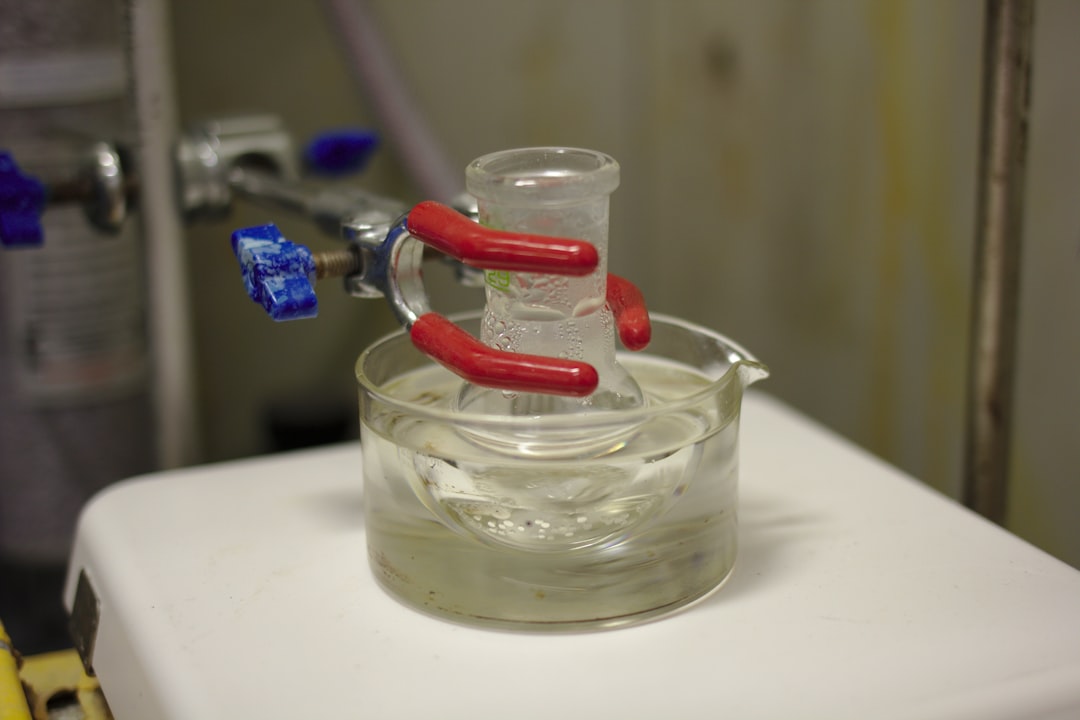What is it about?
N-Benzyl-N′-(1,5-dimethyl-3-oxo-2-phenyl-2,3-dihydro-1H-pyrazol-4-yl)urea (1) was obtained from antipyrine. The reaction of 1 with ethyl bromoacetate produced the 1,3-oxazole derivative 2. Compounds 5a–c were obtained from antipyrine by three steps via intermediary of the ester 3 and hydrazide 4. The microwave supported cyclocondensation of 5a–c with 4-chlorophenacyl bromide and ethyl bromoacetate afforded the corresponding 1,3-thiazoles 6 or 1,3-thia(oxa)zolidines 7. The intramolecular cyclization of 5a–c in the presence of NaOH produced the corresponding triazoles 8a–c. The synthesis of the hybrid compound 9 containing a penicillin skeleton was carried out by the treatment of 8a with (+)-6-aminopenicillanic acid (6-apa) in the presence of formaldehyde. The structural assignments of new compounds were based on their elemental analysis and spectral (IR, 1H-NMR, 13C-NMR and LC-MS) data. All compounds except 1 and 7b show moderate antimicrobial activity.
Featured Image
Why is it important?
Drug dizayn
Read the Original
This page is a summary of: Synthesis and biological activity studies of some new hybrid compounds derived from antipyrine, Heterocyclic Communications, January 2016, De Gruyter,
DOI: 10.1515/hc-2016-0002.
You can read the full text:
Contributors
The following have contributed to this page










